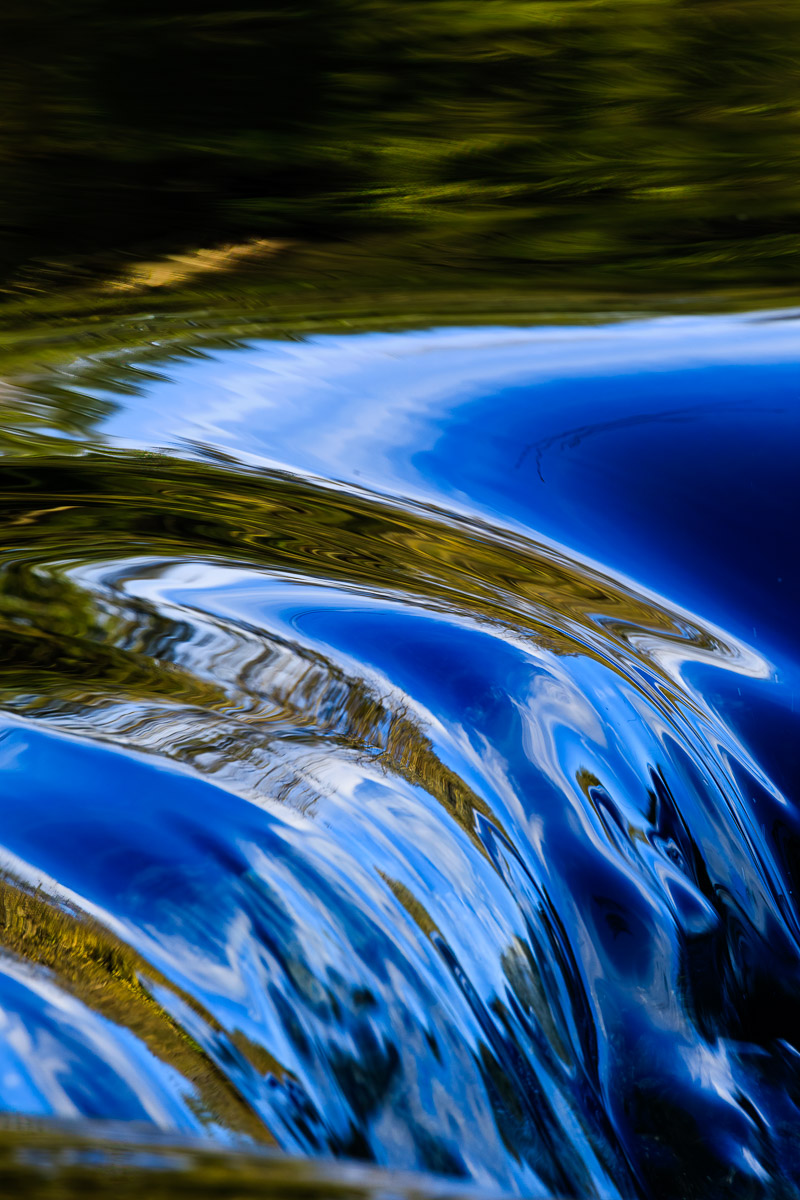Continuing my quest to find and photograph the notoriously short-lived autumn colors, I decided to make the two and a half hour drive to the small community of Natural Dam located in Northwest Arkansas. The town derives its name from a rock formation that creates a natural dam across Lee Creek which produces a nice waterfall.
I visited the location in the late spring more than six years ago, so I was excited to go back with the possibility of great autumn colors. Arriving in the late afternoon with about an hour and a half of light left in the day, I was surprised and a little disappointed to find there were several people already there. But, I didn’t let that deter me.
Walking across the bridge that crosses the creek, I made my way to a spot where I hoped to photograph the autumn leaves with the waterfall in the foreground. Again, I was somewhat surprised and rather disappointed to find the leaves had not changed like I had anticipated.
I took a few obligatory pictures, but I knew I wouldn’t be overly impressed with them. As I stood there trying to figure out how to proceed, one small section of the waterfall caught my attention. Even though the water was moving and flowing over the top of the dam, it looked as smooth as glass.
Perhaps saying it was as smooth as a mirror would be more appropriate because of how reflective it was. Not only was it picking up the colors of the leaves and sky, but, if you look closely, you can see the surrounding trees actually being reflected in the water.
I repositioned my tripod and attached my 100-400mm lens to frame just this one small section of the waterfall. However, even a 400mm focal length wasn’t enough to create the exact framing I was trying to achieve. So, I attached a 1.4x teleconverter to increase the focal length to 560mm, and this worked perfectly to get the exact composition I wanted.
Once I had the scene framed the way I wanted it, I had to decide what shutter speed I needed. How did I decide what shutter speed to use? Through the highly scientific manner of trial and error. I would take a shot, review it on the back of my camera, make an adjustment, and do the process all over again. I found shorter shutter speeds ran the risk of capturing bubbles and other “imperfections” that would have ruined the mirror like reflection while longer shutter speeds smoothed the water more than I wanted. Taking all of this into account, I settled on a moderate shutter speed of 1/200th of a second.
Processing the file in Lightroom, I wanted to emphasize the reflective portion of the water as it flowed over the lip of the dam. Reducing the overall exposure slightly, increasing the contrast, and adding a little vibrance and saturation achieved that goal.
